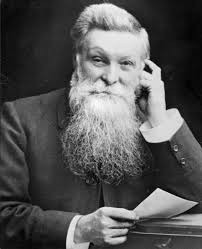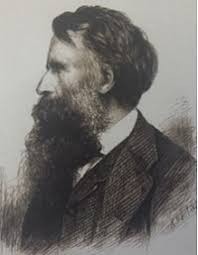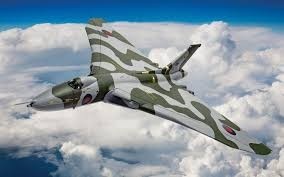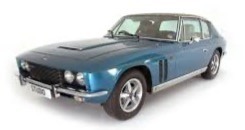
Historian and CovSoc member, Peter James, tells us about the history of the Dunlop company in the city, which is still very active, although under a different name and ownership. Peter writes……
Dunlop Founder
Although Robert William Thompson patented the pneumatic tyre in 1845 it was another Scotsman John Boyd Dunlop who produced one that was practical.

Introduction
Since 2004, European Union regulations have required all new cars to be fitted with Antilock Braking Systems (ABS). While now considered a standard safety feature on road vehicles ABS technology was never originally designed for cars. Its origins date back more than 70 years to pioneering developments in the aircraft industry – innovations that began in the city of Coventry.
Early Years
Dunlop’s story in Coventry began in 1890 when the Dunlop Pneumatic Tyre Company relocated there to meet the demands of the rapidly expanding cycle industry. By 1901 operating from Alma Street, Dunlop acquired its neighbour, the Clipper Pneumatic Tyre Company from John Davenport Siddeley, a step that would pave the way for its ventures into the aviation industry.
Aviation Division
Dunlop Aviation Division was formed in 1925 to focus on development and production of aircraft tyres, wheels and brakes. Tyres for aircraft had previousy been manufactured by the company as early as 1910. They were pioneers in the development of anti-lock brakes for aircraft. Dunlop Aviation engineers developed the Maxaret anti-skid braking system in the 1950s for military aircraft. The Maxaret was the world’s first commercial ABS system which provided a major improvement in aircraft safety. The system reduced stopping distances by up to 30% with the added benefit of reduced risk of tyre bursts or flat spots caused by skidding. Tyre life was increased and skid risks reduced especially in wet or icy conditions.
Early Adoption
British aircraft manufacturers were the first to introduce the new technology on the following aircraft: – Avro Vulcan, Handley Page Victor, Vickers Viscount and the de Havilland Comet.

Concorde and high-speed aircraft challenges
The first flight of Concorde in 1969 introduced supersonic flight to the general public. Achieving speeds up to Mach 2.4 meant that it could outpace most military fighter jets.
Speed was its main appeal but it also needed to stop and its touchdown speed was 165 knots, much faster than any conventional aircraft. Dunlop provided the solution: an innovative combination of carbon disc brakes coupled with the Maxaret ABS system which enabled the world’s fastest airliners to decelerate safely and reliably.
Beyond Aviation – The Harry Ferguson Connection
Harry Ferguson set up Harry Ferguson Research Ltd. in 1950 with Freddy Dixon and Tony Rolt to develop a four-wheel drive family saloon. The four-wheel drive system was the “Ferguson Formula” or the F.F.
Harry Ferguson worked with engineers at Dunlop to develop and adapt the Maxaret system to function in cars. Ferguson commenced work on Project 99 initially designed as a racing car but also a research vehicle. The car was built to demonstrate the advantages and reliability of a system incorporating four-wheel drive and anti-skid braking. It became the only four-wheel drive Formula One car to win a Grand Prix race. It won the non-championship 1961 Oulton Park Gold Cup with Stirling Moss at the wheel.
Jensen FF

Jensen had worked with Harry Ferguson Developments since 1962. At the London Motor Show in 1966 Jensen introduced two new models namely the Interceptor and the FF.
The FF incorporated both a four-wheel drive system and a braking system featuring Maxaret braking on four disc brakes. It caused a sensation and achieved Harry’s dream of developing a family car with his four-wheel drive system.
Legacy
From the early 1900s to the Cold War era and beyond Dunlop Aviation has been at the forefront of innovation in both tyres and braking systems. Its pioneering work on anti-skid technology not only improved the safety and performance of aircraft but also influenced braking systems in the automotive world. Dunlop’s achievements remain an important milestone in the history of engineering and transport safety.
In 2004 Meggitt acquired the aircraft wheels and braking business from Dunlop Standard Aerospace Group. Meggitt Aircraft Braking Systems Ltd. is located at Ansty Park in Coventry where they employ 1000 people producing aircraft wheels, brakes and braking systems.
